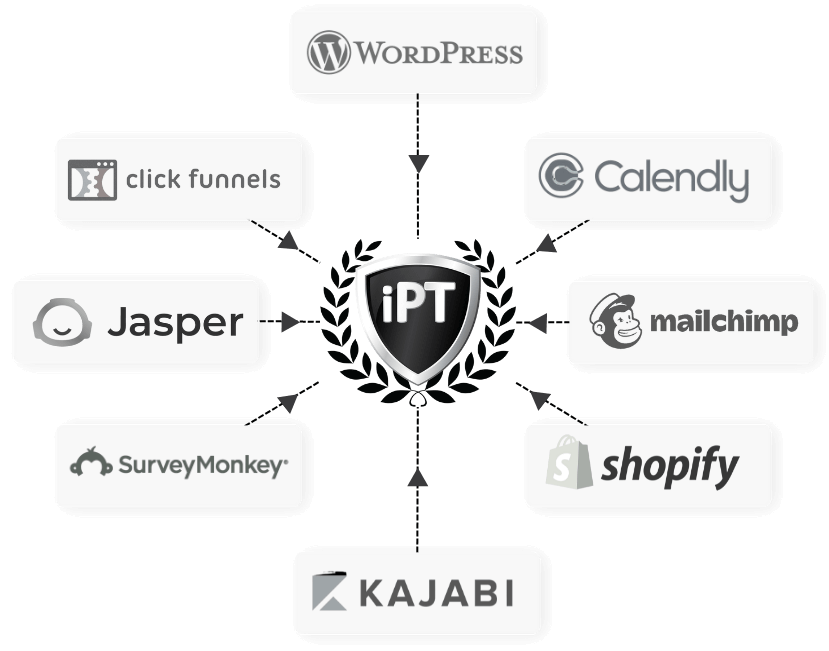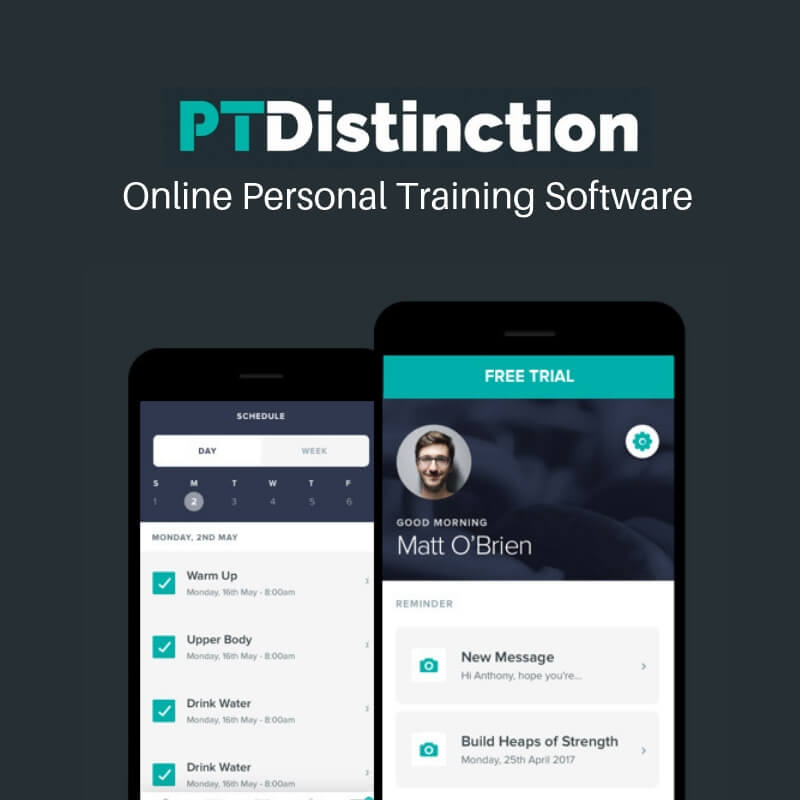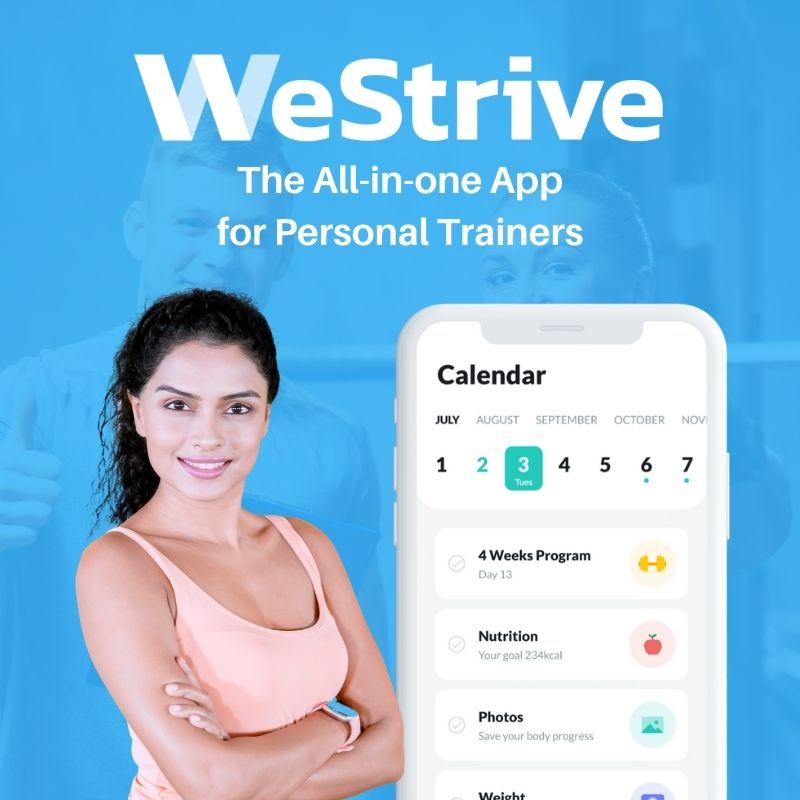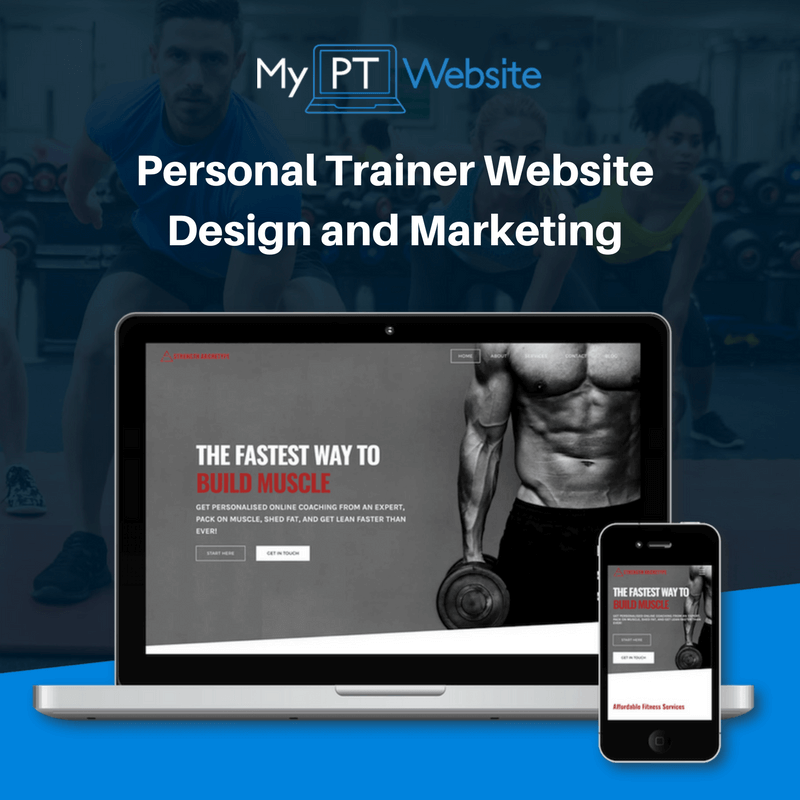Funding Your PT Business |
Learn More About Funding Your PT Business
What You'll Learn
In this lesson, you will learn what the two ways of funding your personal trainer business are and how to get them: Debt and Equity.
Why is This Important
Money makes money. The money that makes money makes more money. Have you heard this saying before? While the theory of building an empire from nothing may sound romantic, in reality, you can only make money from money..
In this lesson, you will learn what the two ways of funding your personal trainer business are and how to get them: Debt and Equity.
Why is This Important
Money makes money. The money that makes money makes more money. Have you heard this saying before? While the theory of building an empire from nothing may sound romantic, in reality, you can only make money from money..
One of the things that new or seasoned personal trainers almost never do is source cash for their businesses.
I suspect that this is because the barrier to entry to become a personal trainer is so low, usually around $500+ for a Level 3 Personal Training Certificate, that business simply isn’t something that’s on their mind.
Combine that with the lack of financial education in our schooling system and most new business owners, inside and outside of the fitness industry, have no idea where to source cash to get things up and running. This then leads to very little investment, if any, during the start up of their new business and that mindset is amplified even further when the going gets tough.
I suspect that this is because the barrier to entry to become a personal trainer is so low, usually around $500+ for a Level 3 Personal Training Certificate, that business simply isn’t something that’s on their mind.
Combine that with the lack of financial education in our schooling system and most new business owners, inside and outside of the fitness industry, have no idea where to source cash to get things up and running. This then leads to very little investment, if any, during the start up of their new business and that mindset is amplified even further when the going gets tough.
How to Fund Your PT Business
There are two ways to fund a new business. You can either use debt or equity.
Debt is pretty simple. You receive money and agree on some terms of repayment, plus interest.
Ordinarily getting in to debt sounds like a nightmare. I can already hear you screaming “GET INTO DEBT!!! ARE YOU MAD!!”. But if you create a long term plan, a $5,000 loan could turn in to $20,000 in a single year.
Then there’s equity. Equity involves capitalising off of an existing asset. That asset might be a partner who has loads of money and wants a percentage of your business or it might mean using your own savings to fund the business.
Let’s dig a little deeper in to debt and equity.
Debt is pretty simple. You receive money and agree on some terms of repayment, plus interest.
Ordinarily getting in to debt sounds like a nightmare. I can already hear you screaming “GET INTO DEBT!!! ARE YOU MAD!!”. But if you create a long term plan, a $5,000 loan could turn in to $20,000 in a single year.
Then there’s equity. Equity involves capitalising off of an existing asset. That asset might be a partner who has loads of money and wants a percentage of your business or it might mean using your own savings to fund the business.
Let’s dig a little deeper in to debt and equity.
Debt
Debt is almost always associated with a bank but there are actually loads of companies out there that offer small business loans.
Google “small business loans” and you’ll see what I mean. There are loads of companies who want to give you some money.
To get a small business loan you’ll usually need to secure it with some kind of asset. This might be a car, house or something that holds a lot of value.
The more common and secure route to finding cash is with a high street bank. It’s much harder to get a loan with a bank and usually requires you have a good track record with them at first, but they usually offer the best interest rates.
You’ll also need a comprehensive business plan with some kind of financial forecast. This sounds a lot more complex than it actually is.
Google “small business loans” and you’ll see what I mean. There are loads of companies who want to give you some money.
To get a small business loan you’ll usually need to secure it with some kind of asset. This might be a car, house or something that holds a lot of value.
The more common and secure route to finding cash is with a high street bank. It’s much harder to get a loan with a bank and usually requires you have a good track record with them at first, but they usually offer the best interest rates.
You’ll also need a comprehensive business plan with some kind of financial forecast. This sounds a lot more complex than it actually is.
Equity
The most common form of equity investment is called Bootstrapping. Bootstrapping is the business funding itself. You invest the least amount possible, try to make a profit and re-invest those profits back in to the business.
Bootstrapping actually works well for personal trainers because most trainers can find clients within their immediate social circles and on social media.
Next up, we have Self-Funding. This involves your savings or creating some kind of personal debt, like taking out a second mortgage.
Angle investing is another way to get cash in to your business. An Angle investor is someone with a lot of money who wants to give people like you money so that they can turn it in to more money.
You’ll be able to find angel investors locally and within local business groups.
Similar to Angel Investors are Partners. A business partner could be someone who benefits from your business. For example, a property owner might benefit from you using their space as a gym in the long term so that you can get your business up and running.
Whatever you decide to do when it comes to funding your PT business, remember that debt is not a bad thing provided you have a plan. Invest in the right people, the knowledge you need to get there and choose a funding option that makes the most sense to your current circumstances.
Next up, we have Self-Funding. This involves your savings or creating some kind of personal debt, like taking out a second mortgage.
Angle investing is another way to get cash in to your business. An Angle investor is someone with a lot of money who wants to give people like you money so that they can turn it in to more money.
You’ll be able to find angel investors locally and within local business groups.
Similar to Angel Investors are Partners. A business partner could be someone who benefits from your business. For example, a property owner might benefit from you using their space as a gym in the long term so that you can get your business up and running.
Whatever you decide to do when it comes to funding your PT business, remember that debt is not a bad thing provided you have a plan. Invest in the right people, the knowledge you need to get there and choose a funding option that makes the most sense to your current circumstances.





